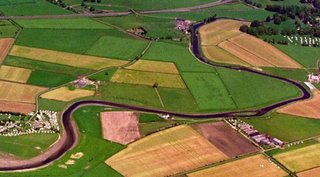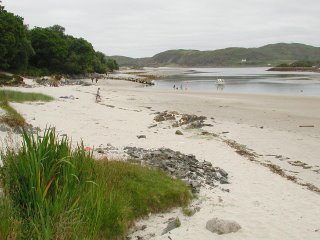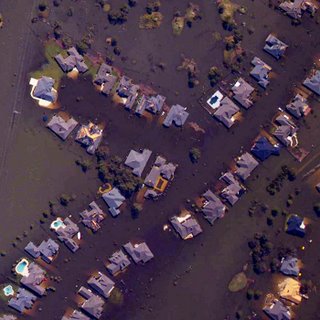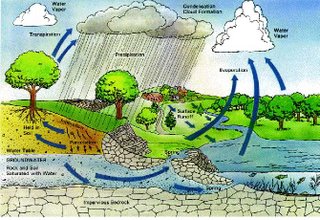Balancing Act

Categories: Rivers, Limestone
Enjoyed today. The Biscuit game, I felt, went very well. The pupils feedback was good, and they seemed to enjoy the interaction, or maybe it was just the toffipops. Nice limestone and acid experiment to replicate chemical weathering with Miss Green's class. Back to the serious business today, with a Higher supported study on my mind. The traffic lighting exercise suggests the following areas being of most concern:-
1) Explain how a balance is maintained within the hydrological cycle. I feel perhaps on reflection that I have confused you a little with this topic as we spoke about soil water holding capacity in a separate lesson from the hydrological cycle, but the two are very closely related, and we should still be talking about inputs, outputs and storage. I have put up this link, which may be of some help.
2) Construct and analyse river hydrographs to show the relationship between rainfall and river flow. We have actually spent quite a bit of time on hydrographs, and the work in class seems to suggest a decent understanding, so perhaps this is purely a confidence thing from an unfamiliar topic (not covered at Intermediate). I am therefore going to get students to construct a hydrograph from data and then label, describe and explain.
3) GMT involving cross sections. Same again with this, we seem to have it in class, but I will present a meander like the one below, and after discussion we will attempt a labelled cross section

4) Upland Carboniferous limestone features
5) Sketch map/cross section of a carboniferous limestone landscape
Most of the pupils in the class have been doing these since s3, and have actually used these type of resources before, but I'll definitely use some kind of sketch to annotate here ( although I'll probably need to do one myself tomorrow)
Other resources which I would like to use are the board for Question of Rivers by Val Vannet, to break the hour up, but particularly for the map slides on this, as well as having a nice meander playing through a loop from Dan raven Ellison's footage. Past Paper activity tied in to both Hydrographs and Limestone.















